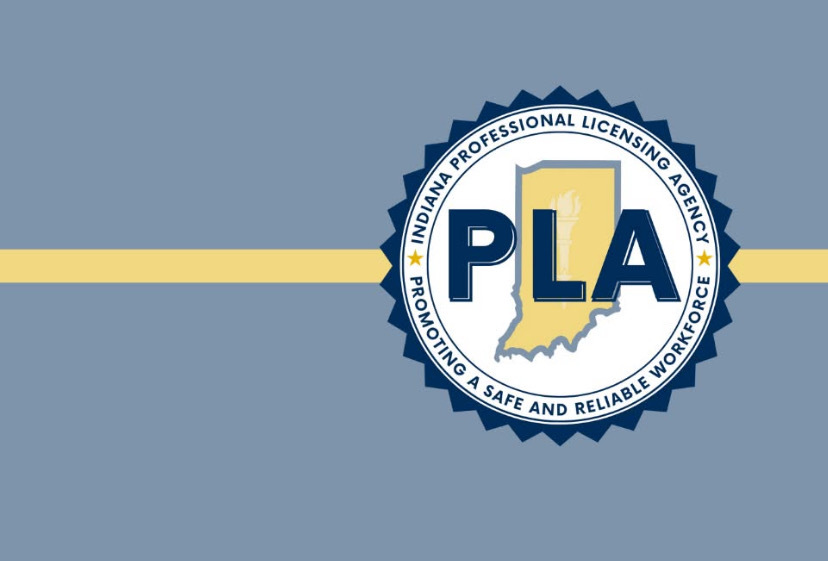Progressive accountants know that advisory services are the future of accounting. We’re seeing a major shift in the industry from traditional accounting to a consulting role. Taking on an advisory role will not only improve your year-round cash flow but will also help you better serve your clients. In fact, 83% of clients want a tax professional who also offers advisory services.
Deciding to offer advisory services is easy, but where do you start? Packaging is a great way to present these new services to clients in a familiar and appealing way.
A package is a collection of relevant and valuable services, often offered either with a flat fee or value-based pricing structure. When done properly, packages greatly improve the client experience and provide added value. At the same time, they boost your firm’s profit margins.
How do you package your services? Follow the step-by-step blueprint below.
1. Know Your Ideal Clients and Their Pain Points
Before you do anything else, sit down and identify the needs, or pain points, of your ideal clients. It may be tempting to go wide with your offerings, but it’s better to hone in on the services that your clients truly need.
For example, if your firm serves construction companies, their needs will be very different from what a medical office client needs.
If you’re not sure which services would best suit your clients, ask them. Chances are, your clients want and need advisory services, but they’re not sure how to ask for them. For example, I was just out to dinner with a friend who is a partner at a law firm. He expressed to me that he wants his accountant to meet with him weekly to review his revenue, expenses, and cash flow. I said, “So, you want advisory services?” His response was, “What’s that?”
During your next meeting, listen to your clients and start asking questions about their needs. Learn more about their pain points to get an idea of what kind of services would interest them.
Another option is to review previous emails from clients. Are multiple clients asking for services beyond the traditional accounting services you offer? For example, maybe a client asked for tax planning guidance on new tax-related legislation or their business processes. These types of inquiries are advisory opportunities knocking on your door.
2. Develop Your Advisory Offerings
Once you’ve identified your clients’ pain points, you can start developing your services.
First, ask yourself: What do you want to include in your advisory offerings? There are so many options:
- Tax planning
- Cash flow management
- Budgeting
- Financial planning and analysis
Determining which services to offer will depend on:
- Your client’s needs
- You and your team’s abilities and skills
- The technology you leverage
Maybe your clients are more concerned about budgeting and cash flow management than strategic planning. Your team also has expertise in these areas, so these services would be a perfect fit for your firm.
What if there’s a service that your clients really want and need but your team doesn’t have the right skills to deliver it? Consider partnering with a third-party to fill that skill gap and better serve your clients.
One other important consideration when developing your advisory services is the strategic integration of technology. The specific technologies you choose to employ can significantly empower you and your team, providing the essential tools and resources required to support and offer advisory services with greater ease and efficiency.
By harnessing the right technology, you not only enhance your firm’s capabilities but also optimize your existing workforce’s productivity. This optimization means that you can often expand your services and scale your operations without the immediate need to hire additional staff.
For example:
- Gusto can help you offer your clients people advisory skills.
- If you decide to offer tax planning, consider implementing a tax planning tool like Corvee.
- Clockwork.ai will allow you to easily provide your clients with FP&A services. They have a straightforward guide here on getting started with creating your packages which leads me to my next point.
Once you have a list of services you want to offer, the next step is to create your packages and set your pricing.
3. Pricing Strategies for Advisory Services
When it comes to pricing your advisory services, a three-tier pricing structure works exceptionally well. When it comes to creating these tiers, what I recommend is:
- 3 tier packages, all with differing pricing options
- Modularity to swap some services in or out
- Must-have core services and as “needed” services
- Varying levels of support for each tier
For example, you may add financial planning and analysis into a package, and at the lowest tier, you offer monthly projections and one hour of support. Your highest tier may offer weekly reports and meetings. You’ll need to reflect these costs in your price.
Naturally, this is just a simple example and can be expanded on greatly.
Once you have your advisory tiers, you’ll need to go through the task of pricing each tier properly. You may not know what type of pricing strategy is best for your clients, but you’ll want to consider:
- Flat-fee
- Value-based
- Hourly fees
I recommend that you opt for either flat-fee or value-based pricing. Often this allows you to create higher profit margins, makes tracking payments easier, and it makes it easy for your clients to know every month what they can expect to pay. That being said, you don’t need to stress over picking a pricing structure. if you do choose a pricing structure and find that it’s not working for your firm, you always have the option of changing it.
Pricing is not science. At the end of the day, you want to price your advisory tiers to what feels right for you and adjust over time as needed.
While pricing can be tricky, you want to ensure that you can provide value to your clients while also earning a profit. Service tiers allow you to:
- Create structure around your offerings
- Scale your services to more clients over time
- Sell clients on higher-priced tiers in the future
A the end of the day, your pricing must allow you to build relationships with clients while delivering exceptional results.
4. Build Relationships, Improve Over Time and Deliver Results
Your service is all about quality, right? Your clients want additional services that help them reach their goals. Packaging your services is one way for you to offer:
- Consistency
- Quality
And, organically, you’re doing much more than just packaging services – you’re building long-term relationships. Your clients will rely on you for multiple services. When you offer a complete package, you become more integral to solving their pain points.
Improving over time to adapt to the ever-evolving needs of your clients will require a feedback loop. You can create this loop by giving clients:
- Surveys to ask how “you’re doing” as a service provider
- Questionnaires sent to clients quarterly or annually
After a meeting with a client, you can also ask them how you can improve or what they would like to see you do better or offer. You don’t need to integrate every suggestion into your firm, but you do want to consider every bit of feedback you receive.
Offering advisory services in 2024 will help accounting firms maintain steady cash flow and better serve their clients. One survey found that 83% of accountants agree that clients are more demanding and expect more from them than just five years ago.
Packaging your advisory services allows your firm to meet these demands because you’re offering more value with a more integrated service.
====
Katie Thomas, CPA is a 40 under 40 CPA Practice Advisor recipient, Top 50 Women in Accounting recipient, and the owner of Leaders Online, where they help accounting and B2A (business to accounting) professionals increase their impact, influence, and income through thought leadership and digital marketing.
Thanks for reading CPA Practice Advisor!
Subscribe Already registered? Log In
Need more information? Read the FAQs

![Katie-Picture-for-Team-Page[1]](https://www.cpapracticeadvisor.com/wp-content/uploads/2013/05/Katie_Picture_for_Team_Page_1_.6196bc86bd0a9.png)



